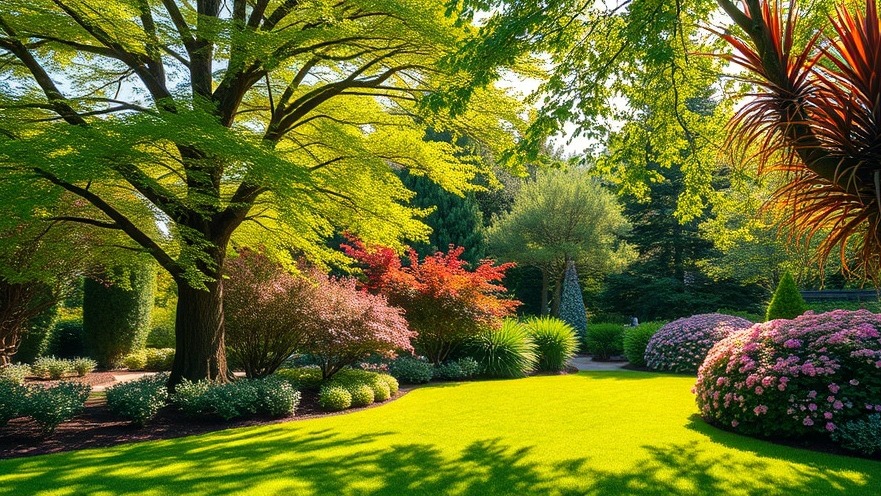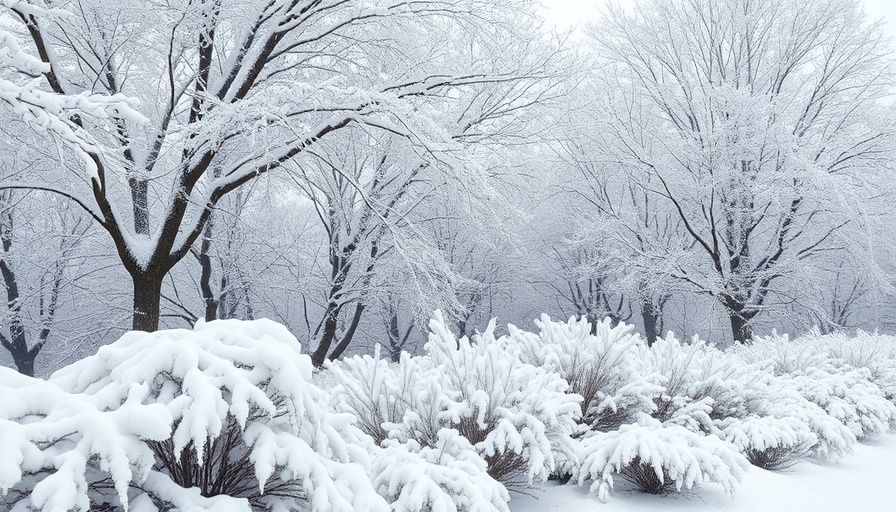
Proper tree and shrub maintenance is essential for promoting healthy growth, preventing hazards, and enhancing curb appeal. Seasonal care, including pruning, inspecting for damage, and applying mulch, helps trees and shrubs thrive while protecting your landscape from disease and weather-related stress.
Why Tree and Shrub Maintenance is Important
Trees and shrubs contribute to the beauty, shade, and environmental health of a property, but without regular care, they can become weak, diseased, or hazardous. Winter storms, strong winds, and pests can cause damage that, if left unchecked, may lead to falling branches, disease spread, and reduced plant vitality. A proactive approach keeps your landscape healthy, safe, and visually appealing.
Essential Tree and Shrub Care Practices
Inspect and Prune for Health and Safety
Regular inspections help identify broken, diseased, or dead branches that need removal. Pruning encourages new growth, improves airflow, and prevents the spread of disease. Proper trimming also reduces the risk of falling branches, which can pose dangers to structures and people.
✔ Look for signs of damage such as cracks, decay, or fungi growth.
✔ Trim overgrown branches that block sunlight or create dense foliage.
✔ Remove weak limbs that could break under strong winds or heavy snow.
💡 Tip: Use clean, sharp pruning tools to make precise cuts and prevent infections.
Apply Mulch to Protect Soil and Roots
Mulching around trees and shrubs provides numerous benefits, including moisture retention, temperature regulation, and weed suppression. A 2–4 inch layer of organic mulch around the base of trees and shrubs helps protect roots and improve soil health.
✔ Use natural mulch like wood chips, shredded bark, or compost.
✔ Keep mulch away from the trunk to prevent rot and pests.
✔ Replenish mulch as needed to maintain its effectiveness throughout the year.
Final Thoughts: Invest in Your Landscape’s Health
Regular tree and shrub maintenance enhances the beauty, safety, and longevity of your landscape. Pruning dead branches prevents hazards and promotes growth, while mulching ensures plants stay healthy and resilient. A little effort each season can make a big difference in maintaining a thriving outdoor environment.
🌳 Have you checked your trees and shrubs lately? A little care now leads to a greener, healthier landscape all year long!
 Add Row
Add Row  Add
Add 




 Add Row
Add Row  Add
Add 


Write A Comment